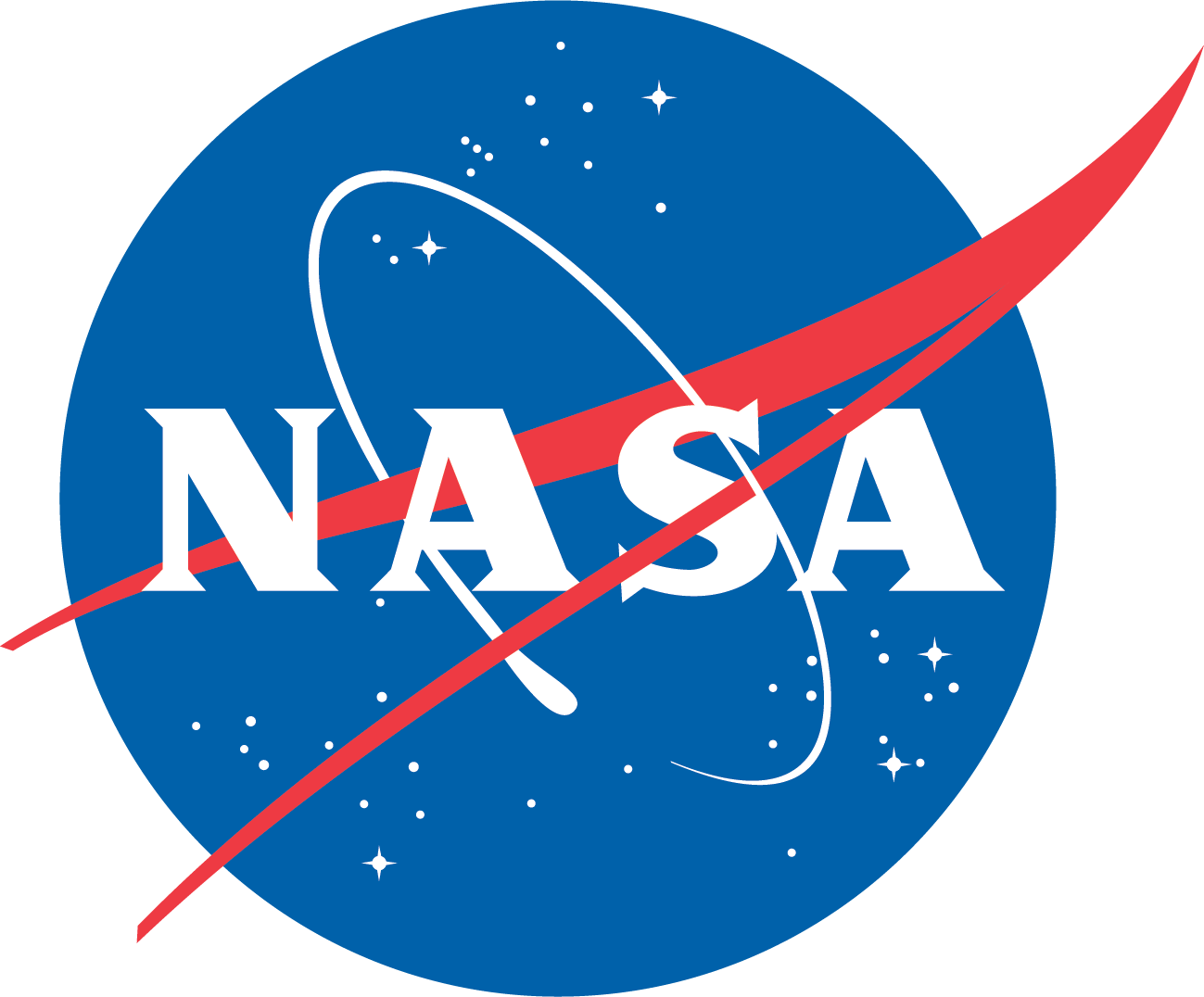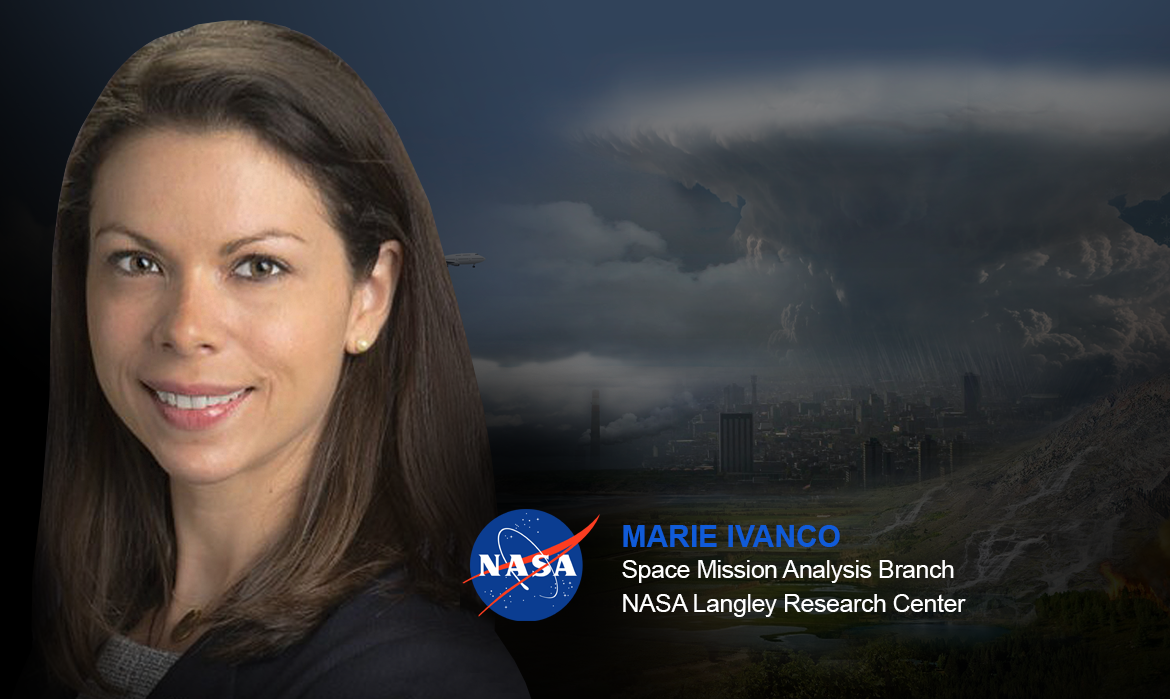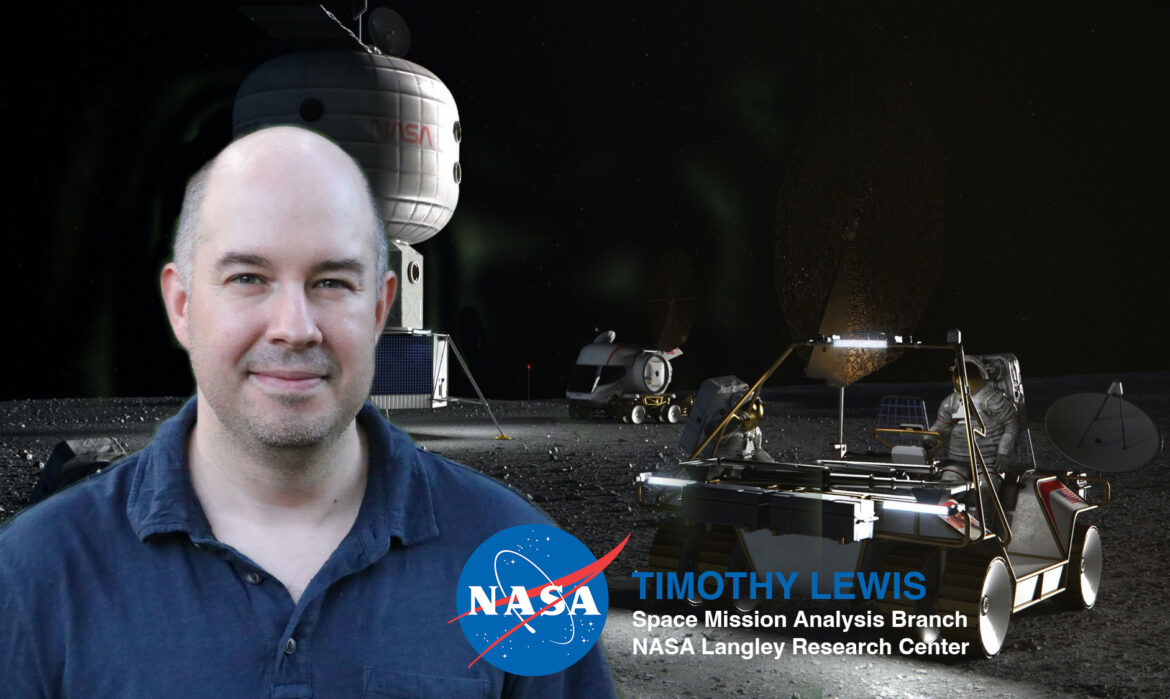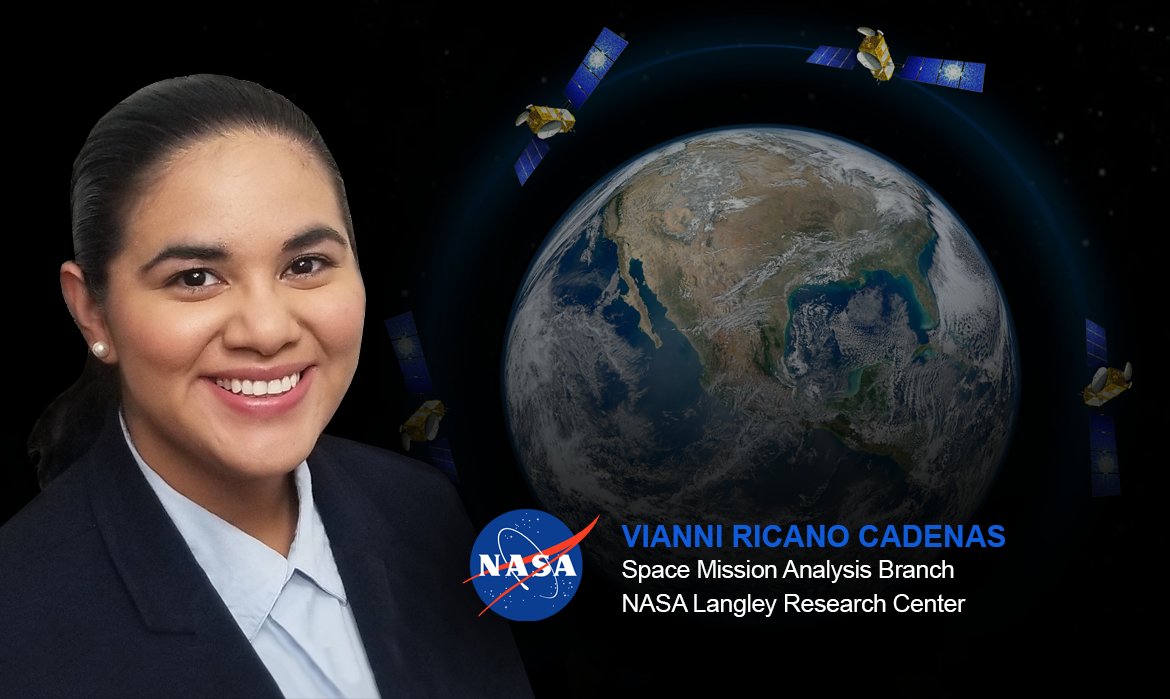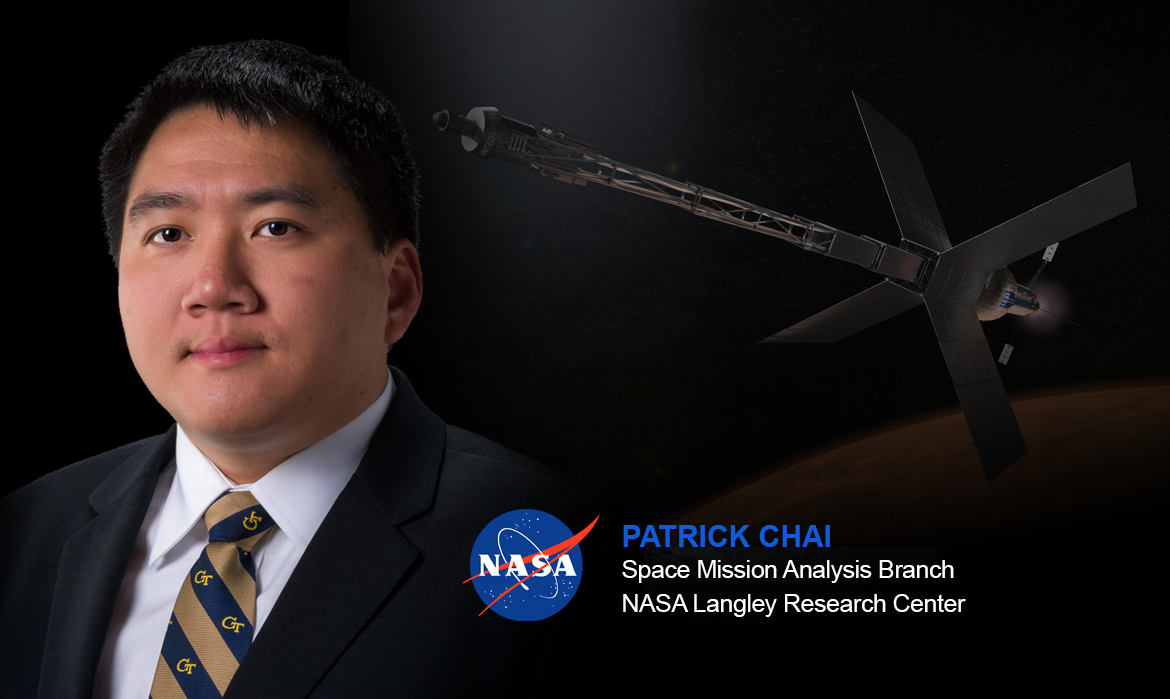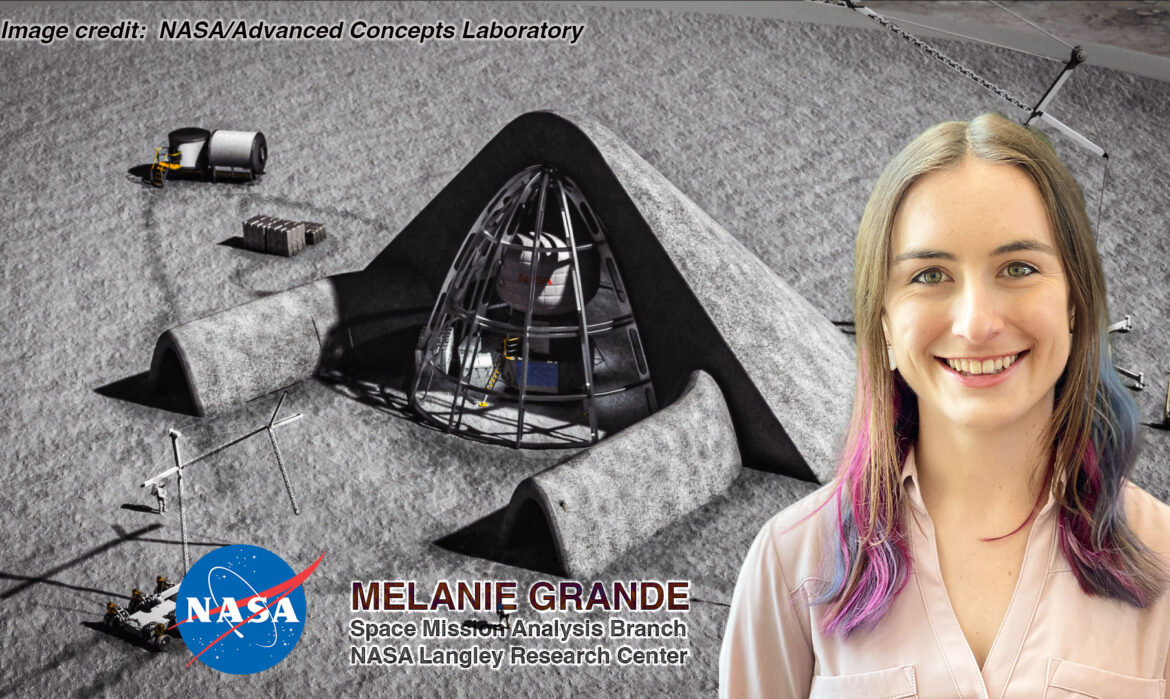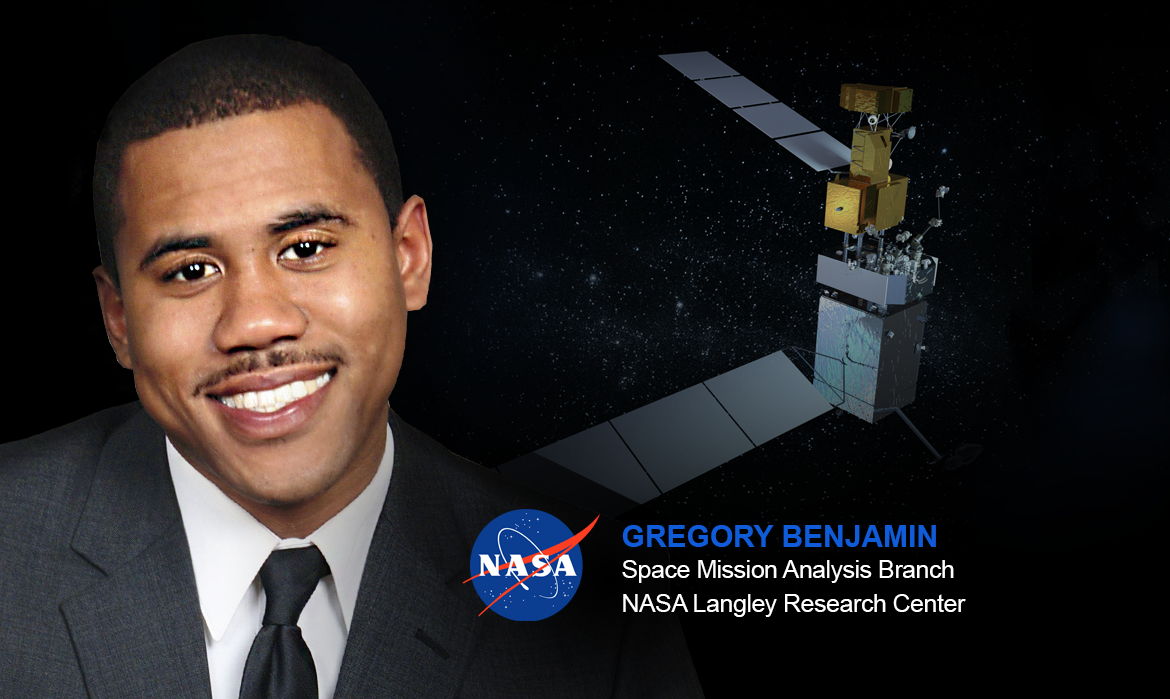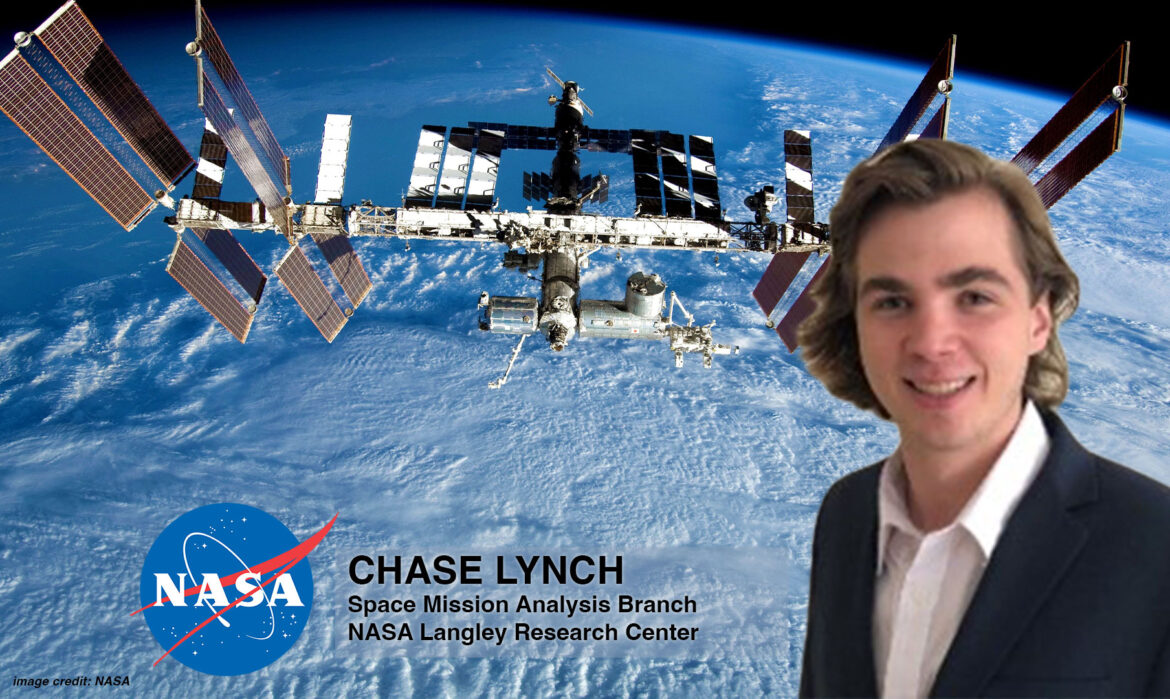Refueling Analysis for Mars Missions and Human Landing System, featuring Dan Tiffin
“Imagine what life would look like if we didn’t have gas stations,” wonders Dan Tiffin, an engineer in the Space Mission Analysis Branch at NASA’s Langley Research Center in Hampton, VA. “Imagine what life would look like if we had to throw away our cars every time we drove somewhere.”
For Tiffin, this imaginary scenario is an analogue for illustrating the value of propellant refueling in space. Currently, almost every space mission launches with all the propellant it will ever have. Once that supply is exhausted, so are the mission’s rockets. Further, there are some missions that require so much propellant that launching all of it at once borders on the impossible, leaving those missions beyond our capabilities without refueling.
By supplying additional propellant in space via separate launches from the spacecraft that would use the propellant, Tiffin sees an opportunity to expand our horizons. “One of the most logical things to offload is propellant, because it can be discretized into tankers,” he said. Replicating the function of a gas station in orbit “profoundly changes what humans can do in space.”

“Imagine what life would look like if we had to throw away our cars every time we drove somewhere.”
In June of 2018, Tiffin joined the Space Mission Analysis Branch as a Pathways intern. Almost immediately, he was faced with the question of how propellant resupply might make things easier for future Mars missions. “I think there was a gap in refueling [approaches,]” he says of that first project. Not just in understanding its impacts, but in automating the analysis to allow for the fast consideration of hundreds of possible campaigns. To close this gap, he developed a software package that could automatically model and evaluate distribution of propellant across multiple vehicles.
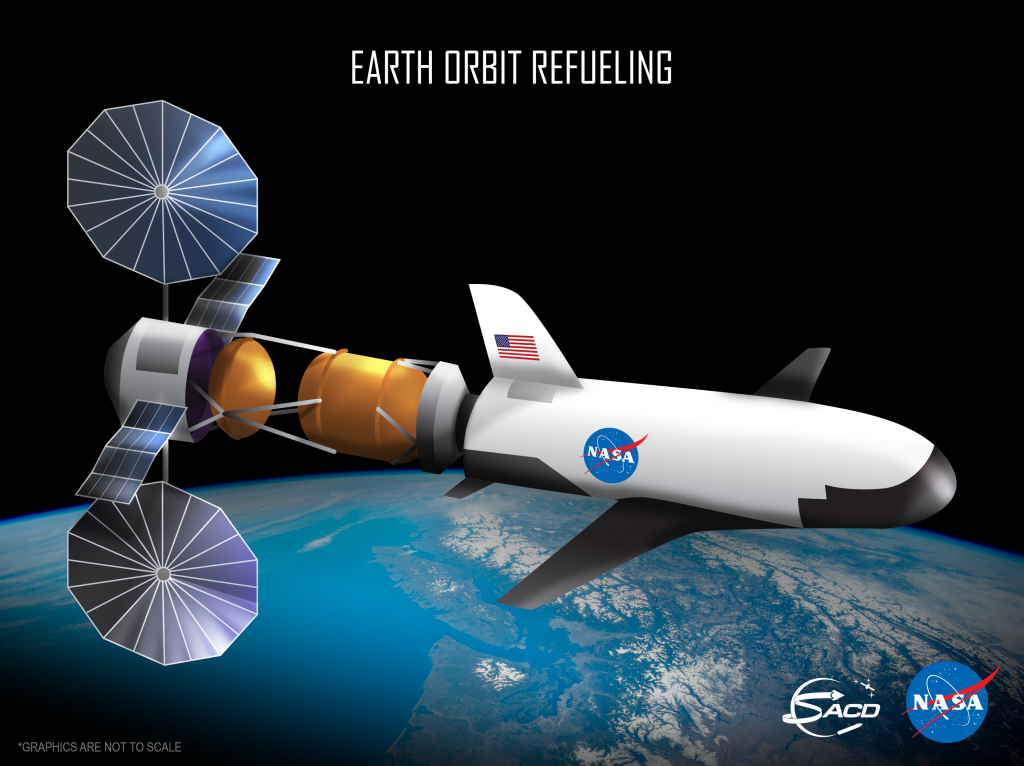
In 2019, Tiffin was able to apply the work he’d done for Mars to NASA’s ongoing efforts developing the Human Landing System for the Moon. With multiple configurations under development by a variety of proposers, his perspective widened. “When nothing is set in stone, there’s a lot of options, and it opens the door for a lot of creativity.” That creativity allowed for the consideration of options on the basis of their impact across a campaign of missions to the Moon, rather than solely on the basis of individual flights.
The automation of the refueling analysis has not only benefited NASA, but also Tiffin. He used it as the foundation of his Master’s Thesis, completed just prior to his conversion to full-time employment at NASA. He is continuing to develop and apply his analysis to help NASA achieve the goals it has laid out. “We’re at a pretty interesting time when it comes to refueling. There’s a lot of renewed talk about using it. I think it’s an important thing to consider.”
Through use of Tiffin’s analysis capability, NASA is exploring refueling as one way to make space travel as ordinary as filling up at the gas station.
Author/Contact: Chris Jones
Published: October 2020

